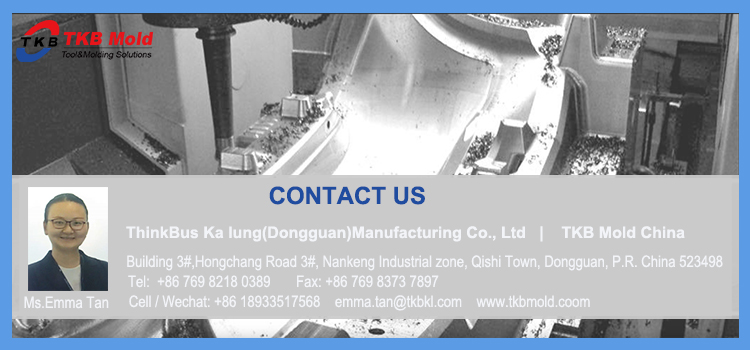About TPR Overmolding Mold: The Key to Producing Soft-Touch Products
Thermoplastic elastomer (TPE) overmolding, also known as TPR overmolding, is becoming increasingly popular for creating soft-touch products. TPR overmolding molds are used to produce a range of soft-touch products such as handles, grips, and other components, providing a comfortable and tactile experience for users.
TPR overmolding involves the injection molding of a TPE material over a rigid plastic substrate, creating a soft-touch surface. The TPE material has properties of both rubber and plastic, making it an ideal material for producing soft-touch products.
One of the key advantages of TPR overmolding molds is that they allow designers to create soft-touch products with complex geometries. Unlike traditional injection molding techniques, TPR overmolding allows TPE material to be molded over sharp corners and complex shapes, ensuring that the final product is comfortable and ergonomic for users.
Another advantage of TPR overmolding is the ability to customize the product’s feel and texture. The hardness, texture, and color of the TPE material can be tailored to meet the specific requirements of the product. This means that designers have greater flexibility in creating unique soft-touch products that meet the needs of their customers.
TPR overmolding molds also offer excellent durability and resilience. The TPE material used in the process is resistant to chemicals, UV light, and temperature extremes, ensuring that the final product is durable and long-lasting.
In conclusion, TPR overmolding molds are the key to producing soft-touch products that are comfortable, tactile, and durable. With the ability to create complex geometries and customize the feel and texture of the product, TPR overmolding is becoming an increasingly popular choice for designers and manufacturers looking to create unique and innovative products.































